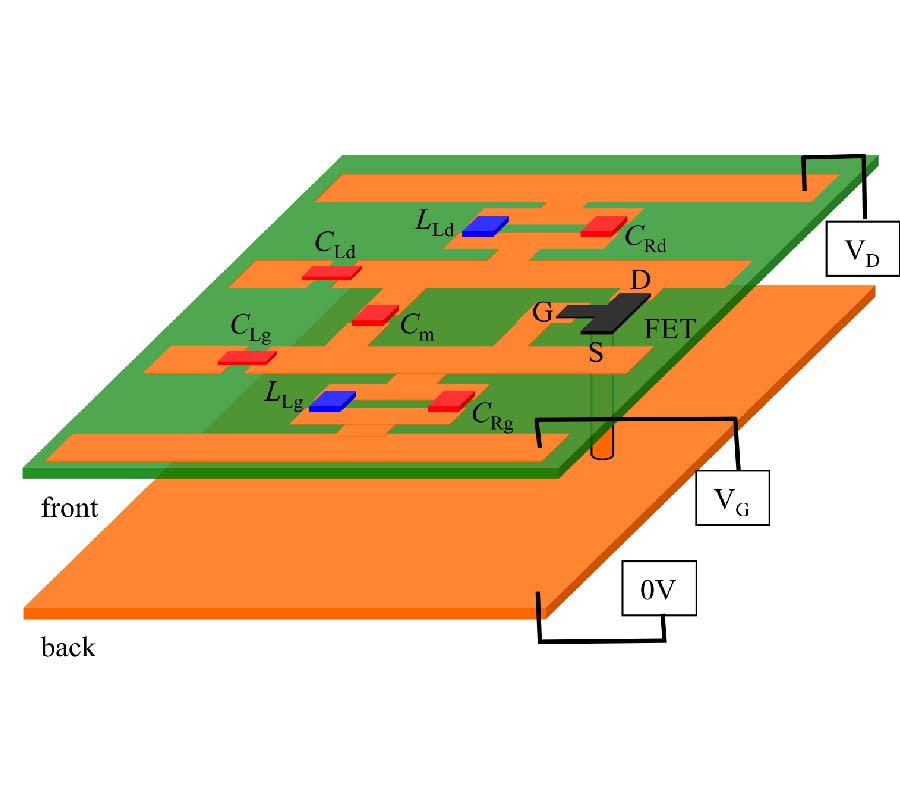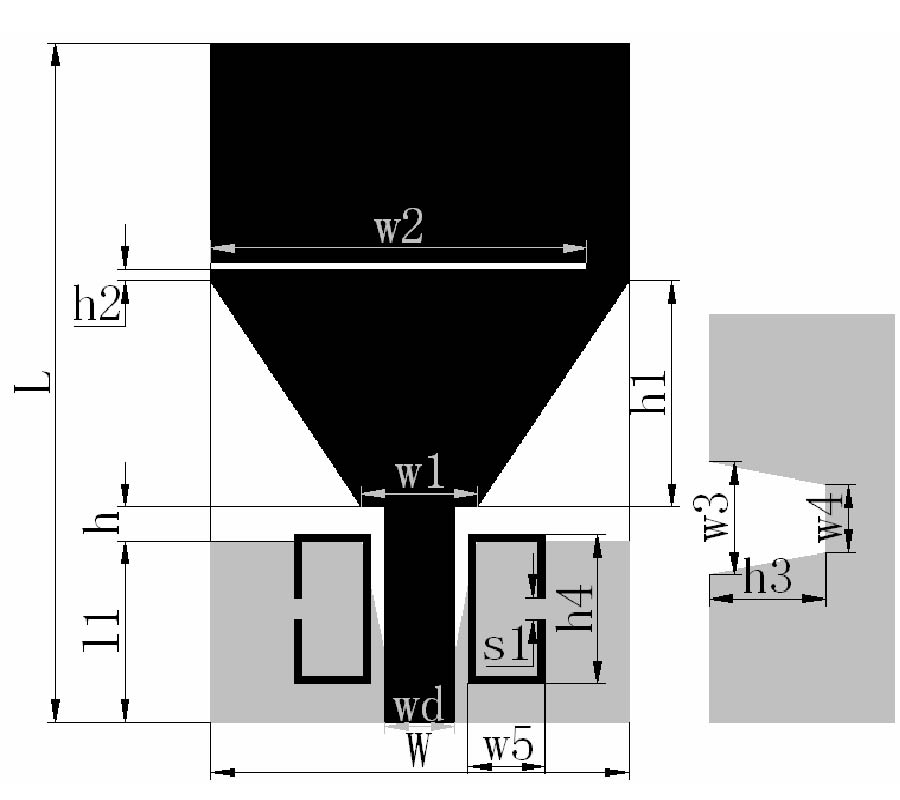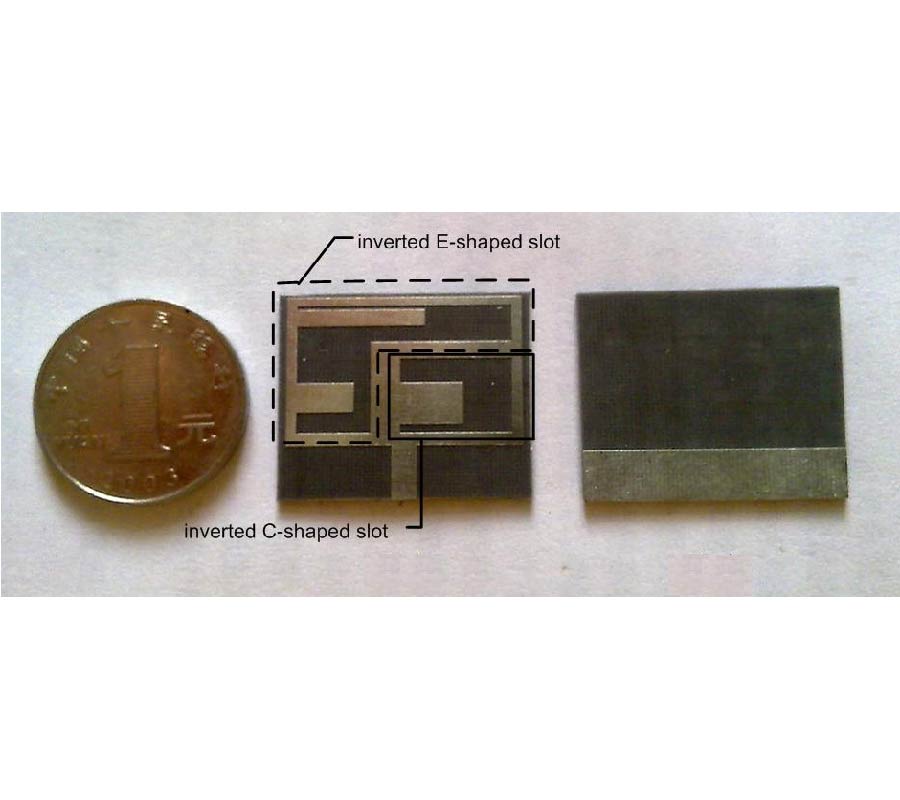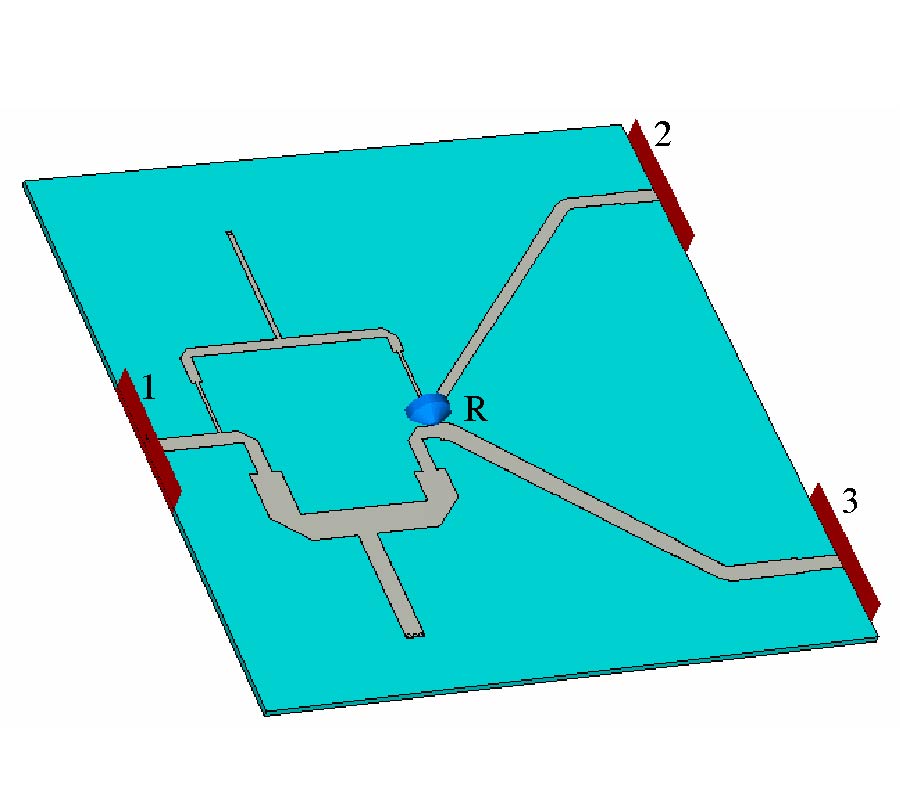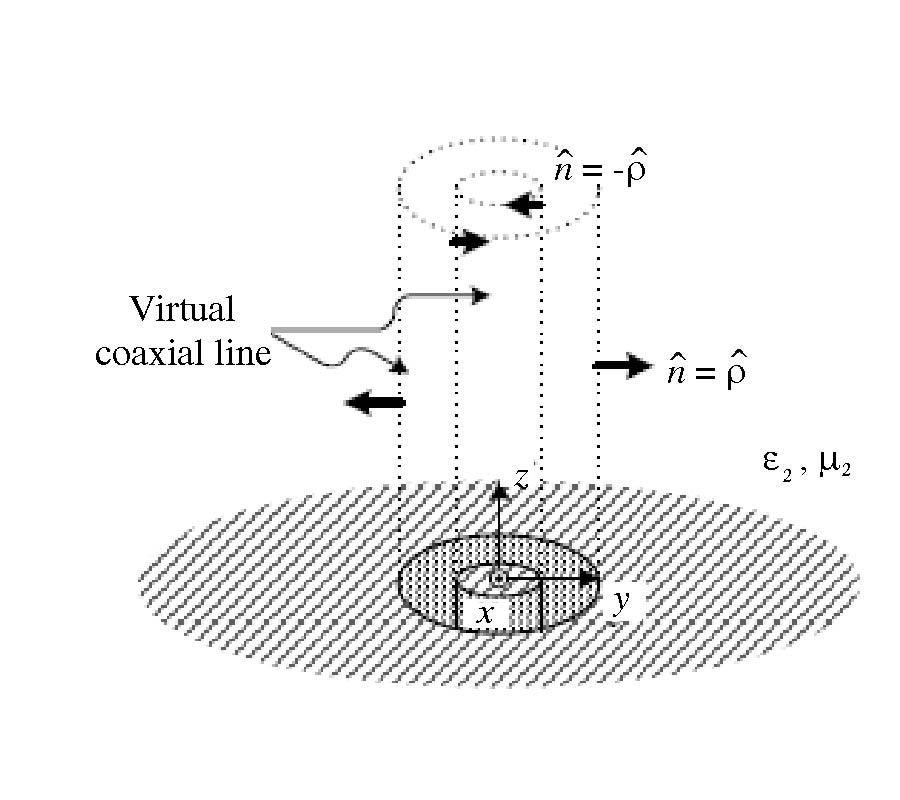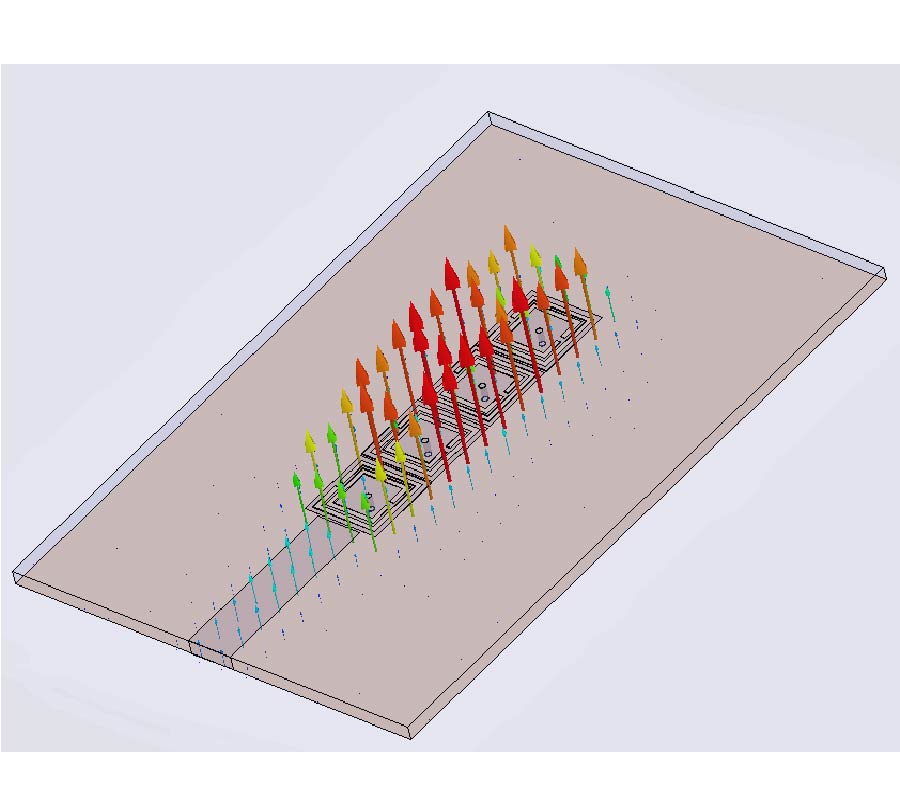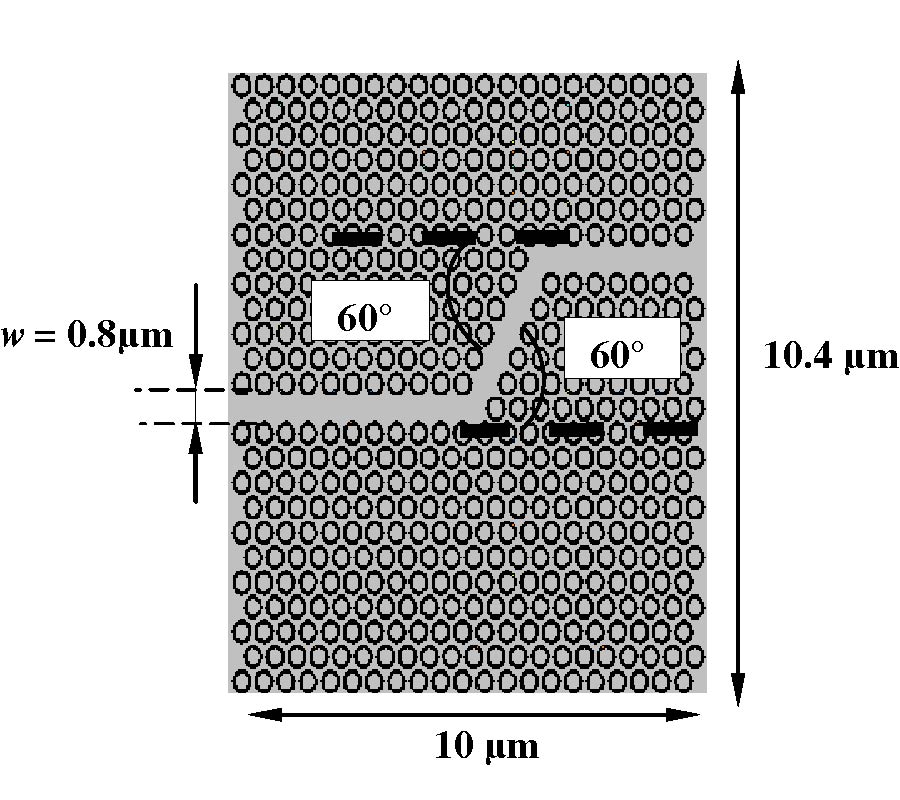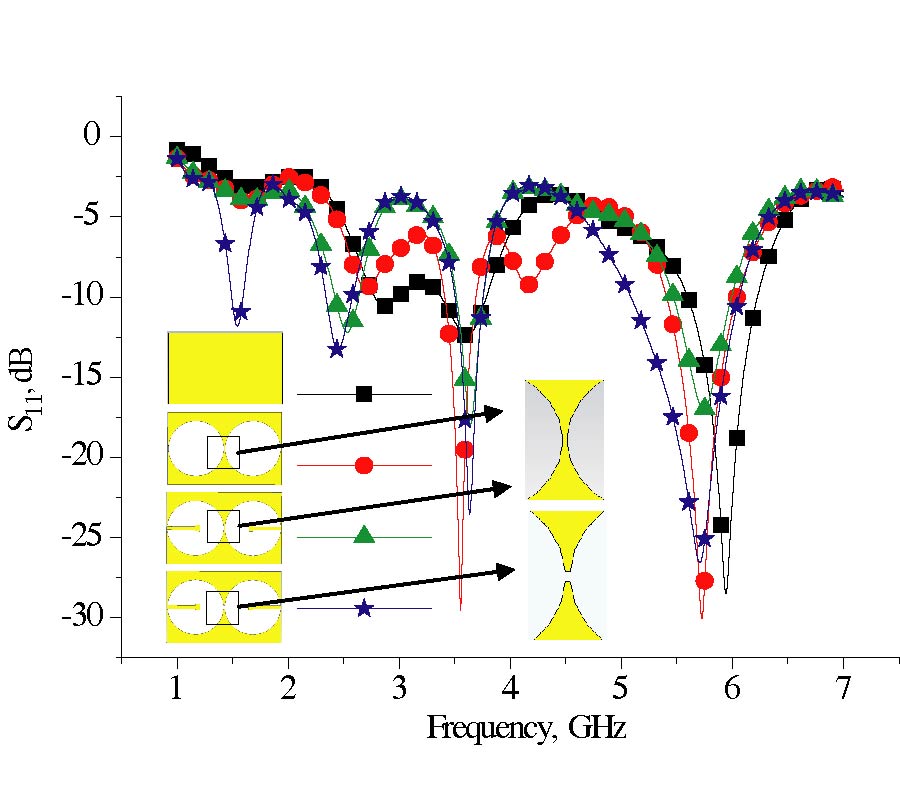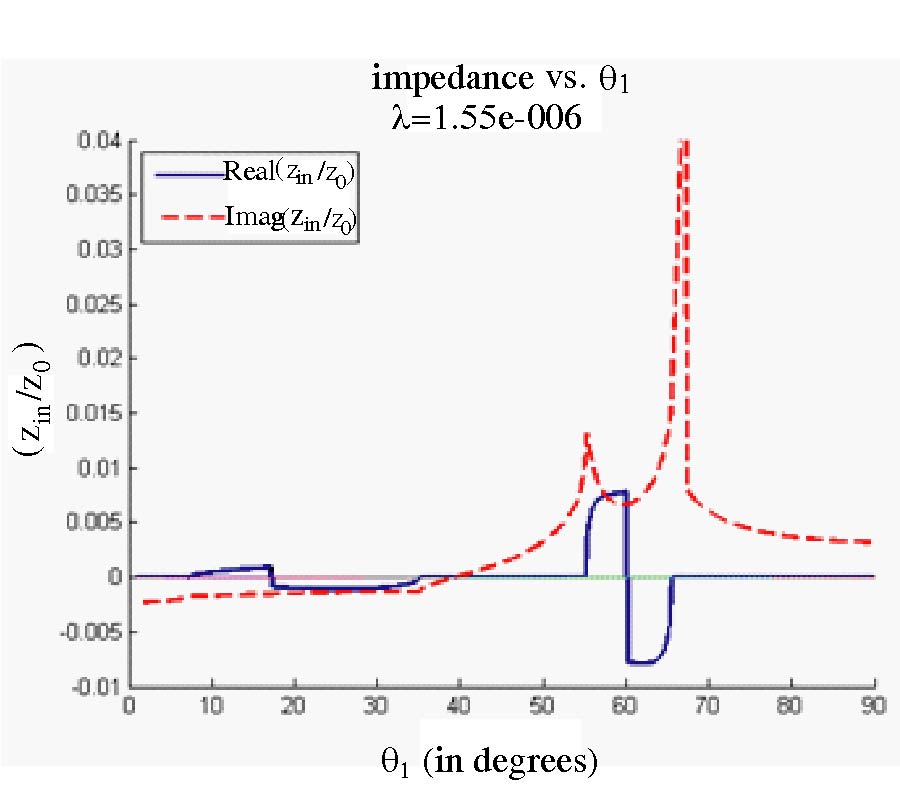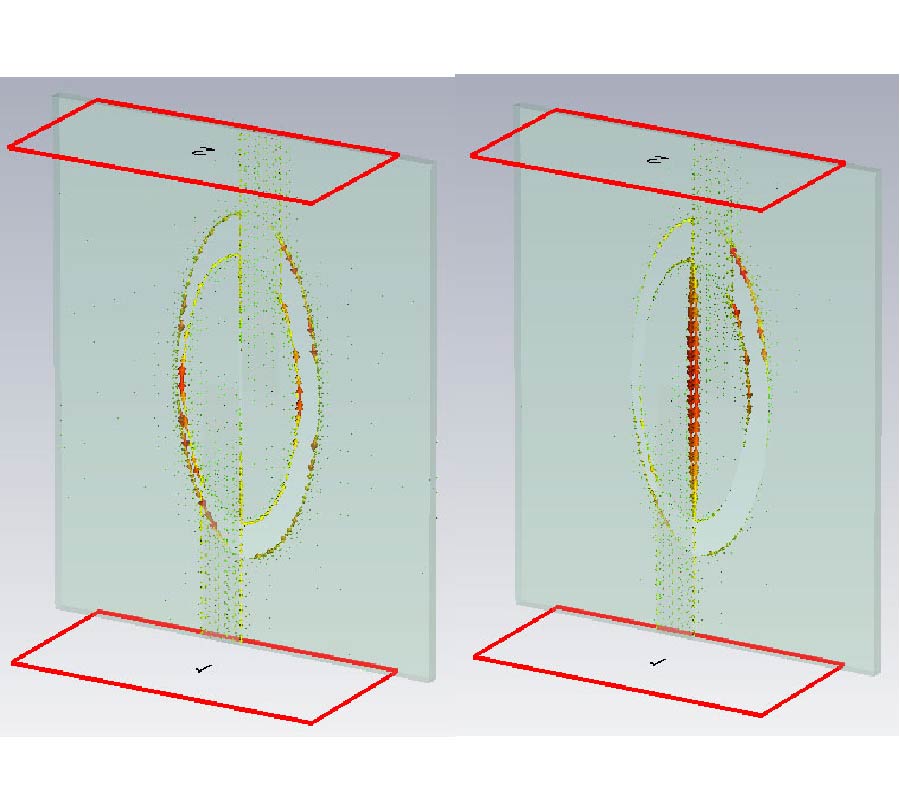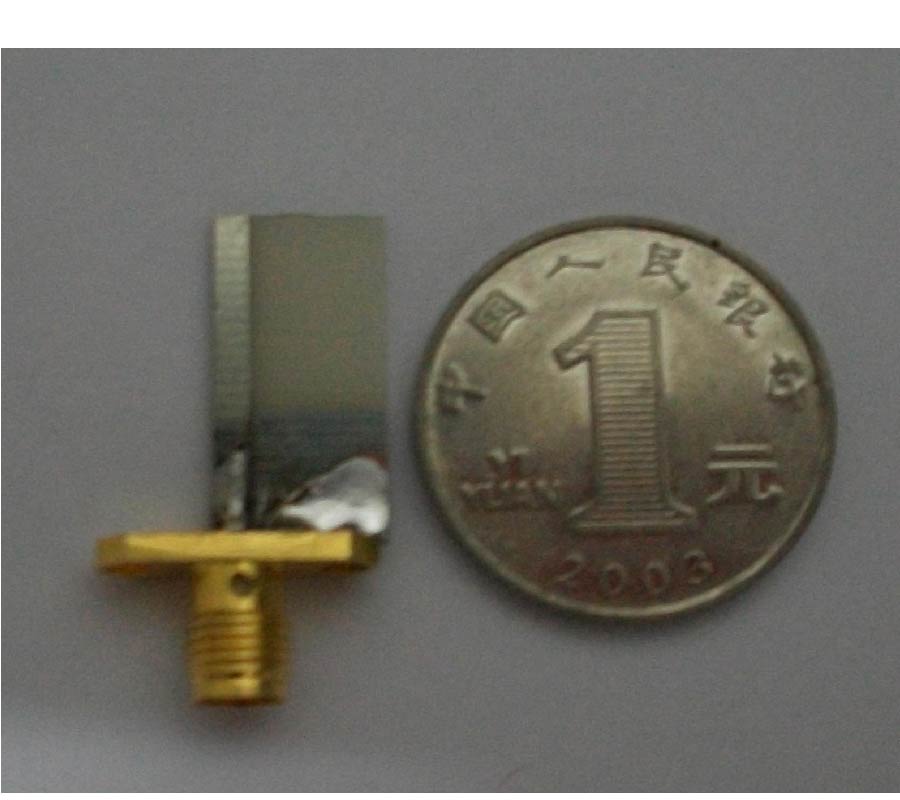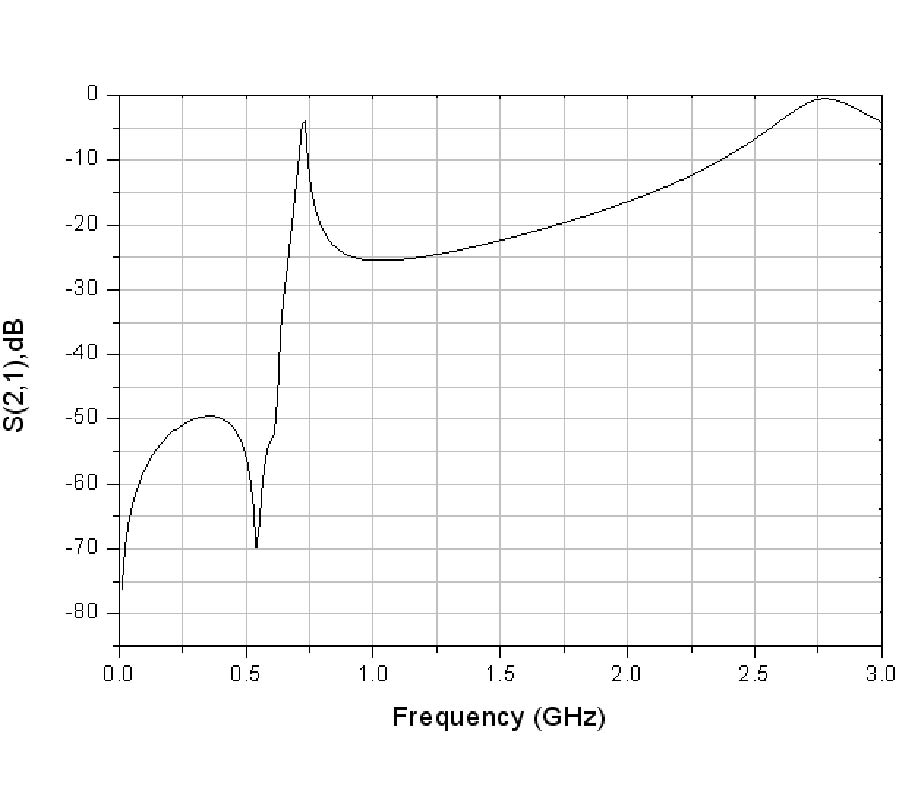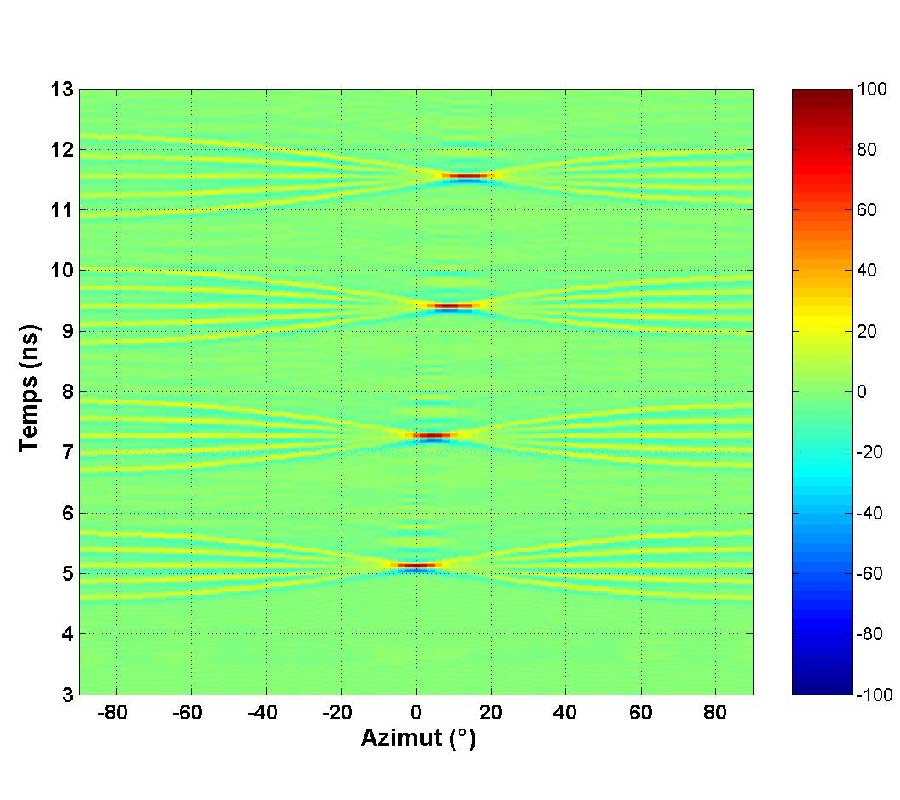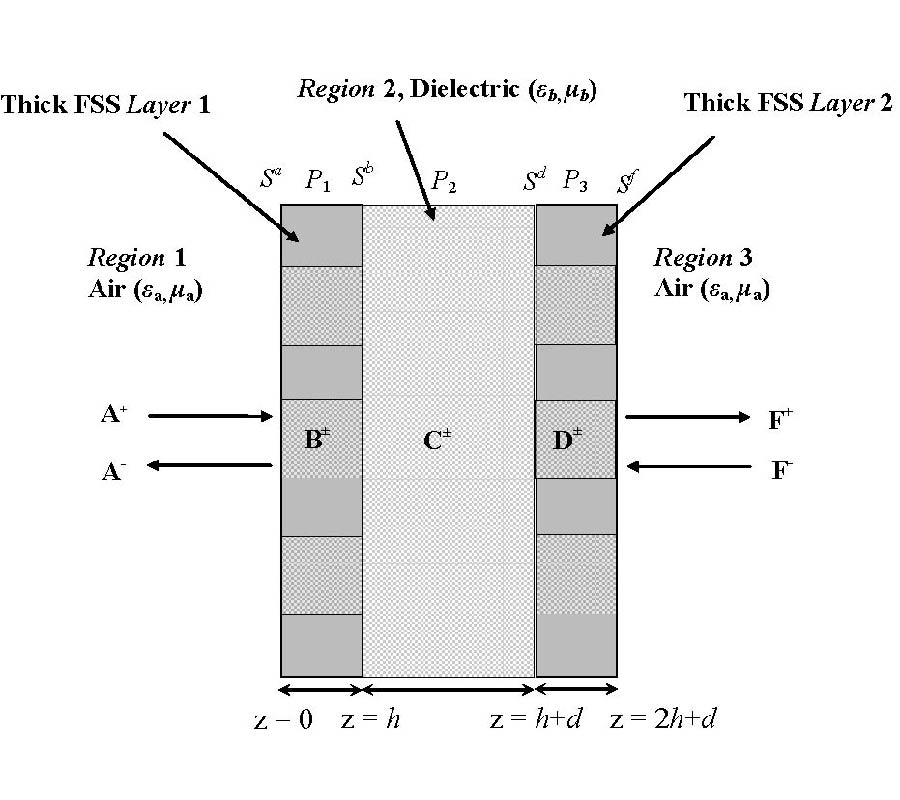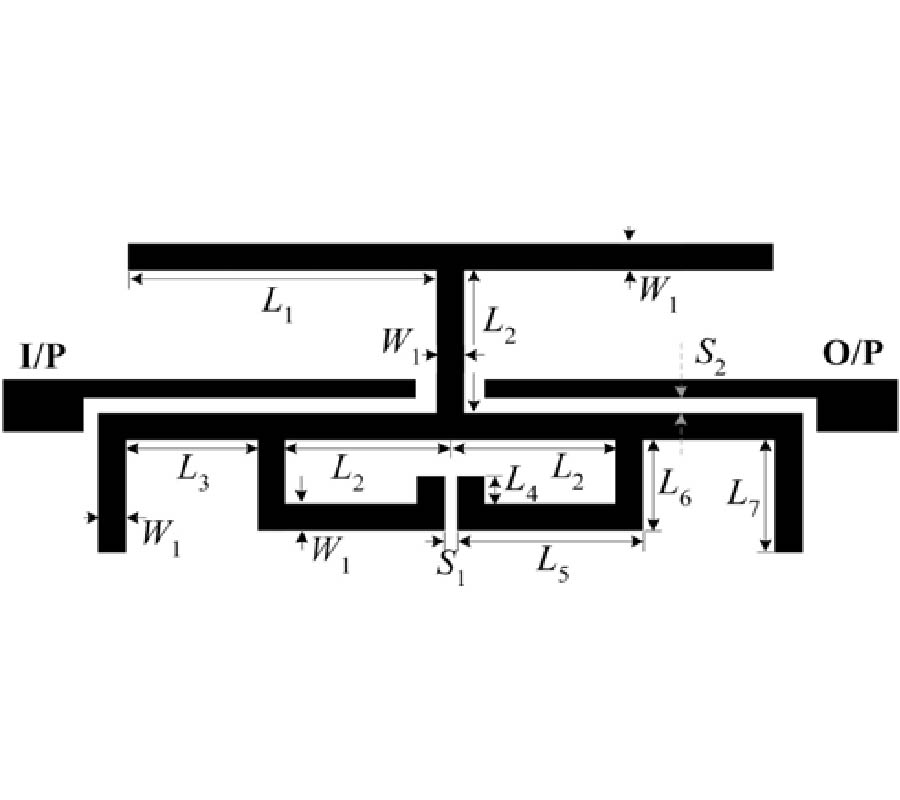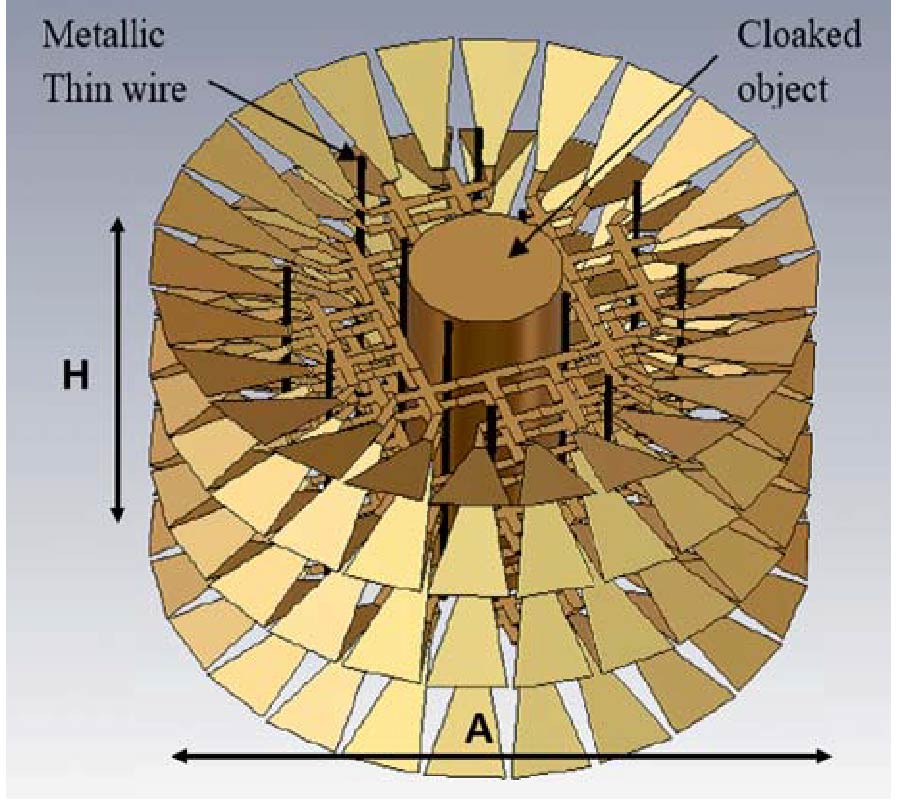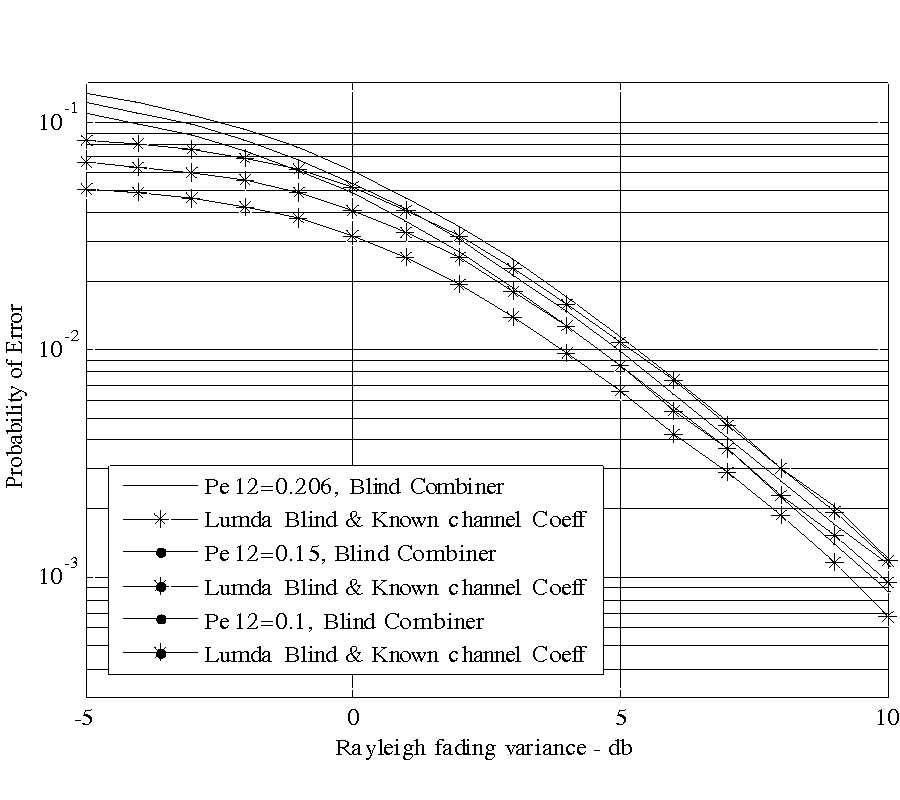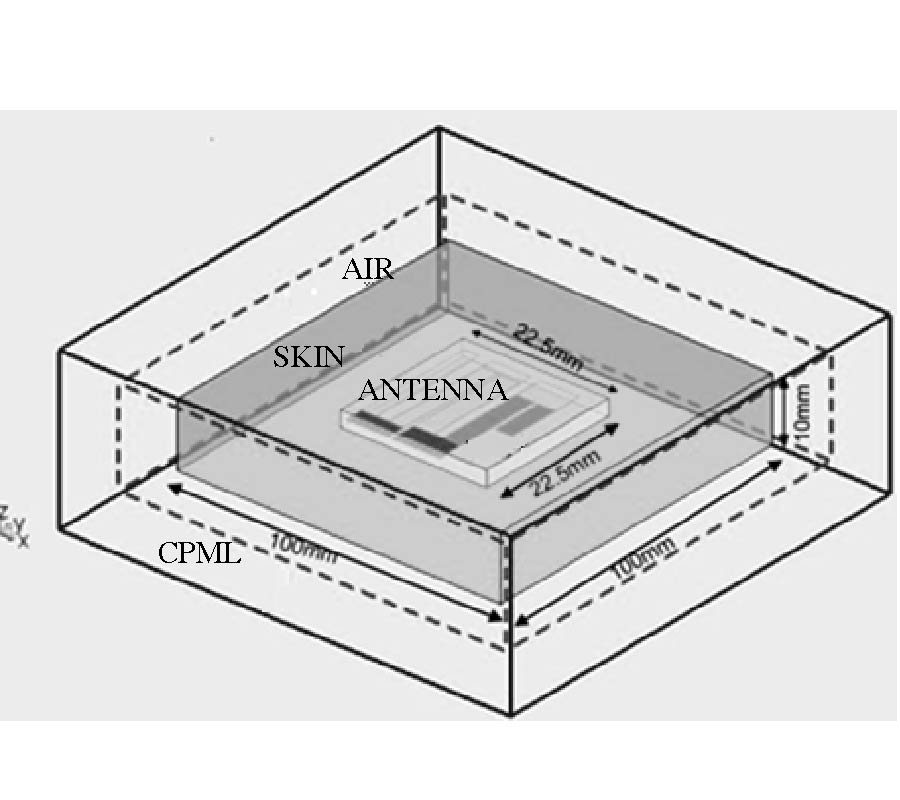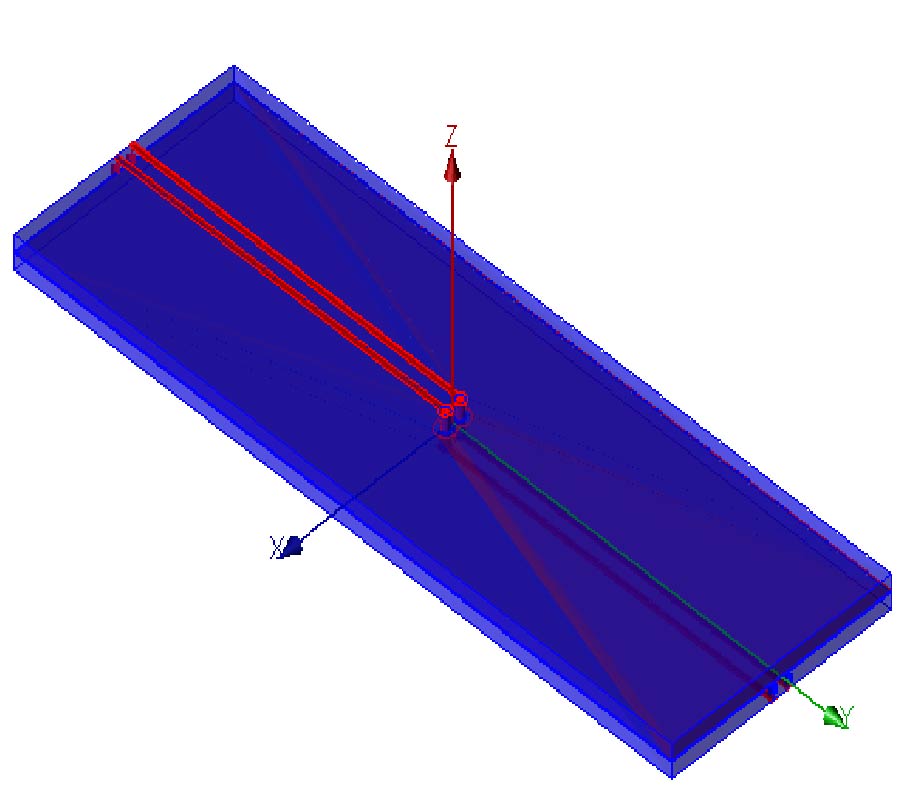2011-12-29 Latest Published
By S. Nakagawa
Koichi Narahara
Progress In Electromagnetics Research Letters, Vol. 28, 195-205, 2012
Abstract
We characterize left-handed (LH) traveling-wave field effect transistors (TWFETs), which consist of two composite right- and left-handed (CRLH) transmission lines that are electromagnetically coupled by capacitances, inductances, and FET transconductances, for obtaining loss-free LH waves. In a device, two different propagation modes can support LH waves. We find that one of these modes gain wave amplitudes, while the other loses them. This amplitude gain can compensate wave attenuation resulting from electrode loss and substrate leakage. This study clarifies which mode gains amplitudes and the method of matched terminations, together with several experimental observations that validate the design criteria.
